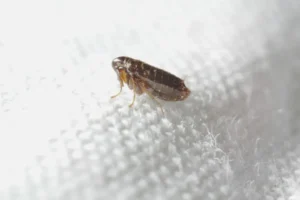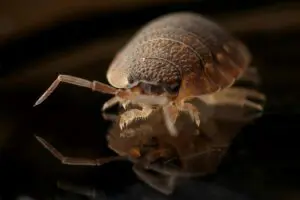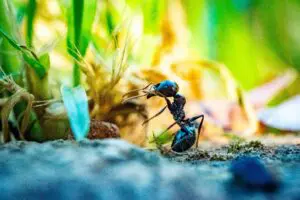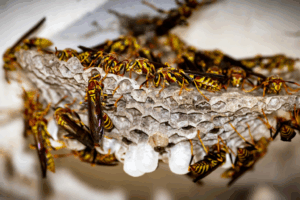
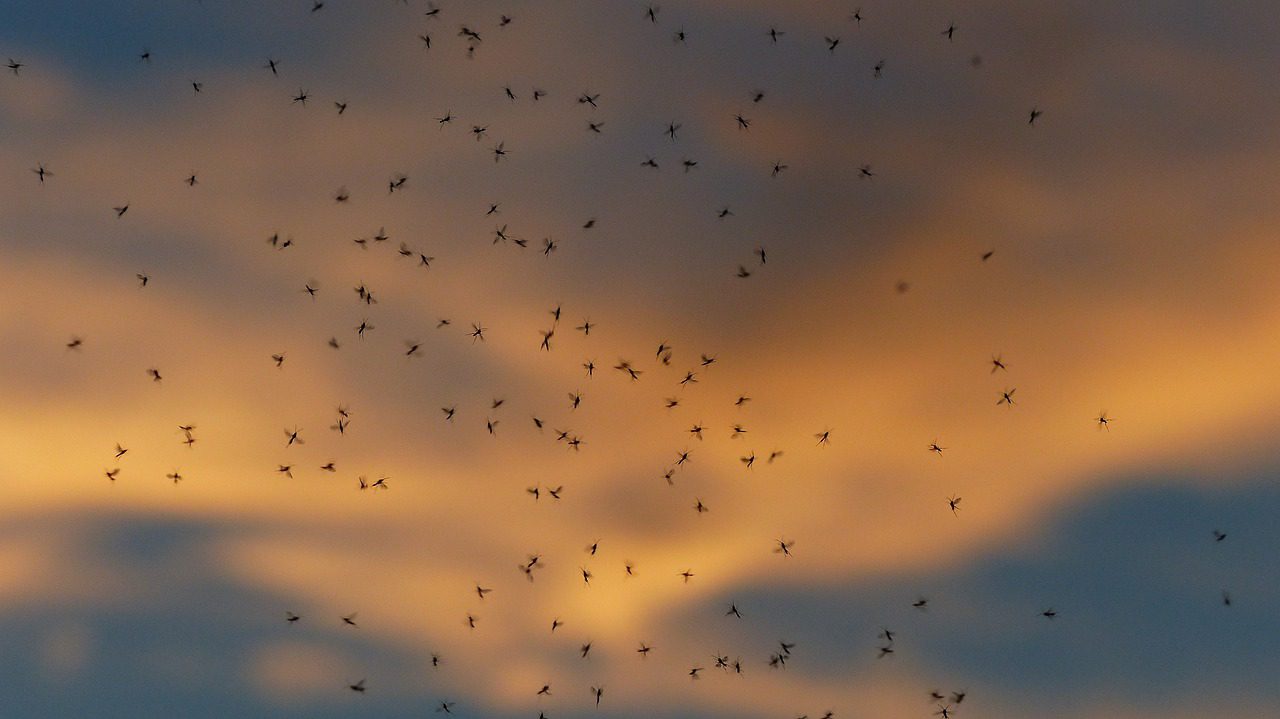
Florida's diverse landscape is host to a tiny but formidable menace: biting midges. These minuscule insects, often overlooked due to their size, wield a significant impact on the Sunshine State's outdoor experiences. Found in various habitats and notorious for their painful bites, these pests raise concerns for both residents and tourists. In this article, we will delve into the behaviors and dangers of biting midges, as well as effective methods to prevent these relentless, blood-seeking pests.
Understanding Biting Midges:
Biting midges, commonly known as no-see-ums or punkies, belong to the Ceratopogonidae family. They are tiny, often less than ⅛ inch long, with delicate, narrow bodies. They typically have a humpbacked appearance, hairy wings, and long antennae. Their coloration varies from pale yellow to dark brown or almost black, depending on the species.
Biting midges exhibit both diurnal and nocturnal activity patterns, and they are most active during dawn and dusk. Biting midges in Florida inhabit various environments, particularly moist or humid areas near bodies of water like marshes, swamps, ponds, and coastal regions. They thrive in damp conditions, including areas with decomposing organic matter. These tiny insects are found throughout the state, often prevalent in tropical and subtropical climates, impacting both urban and rural areas, especially during warmer months.
Midges are weak fliers with limited traveling ranges, typically staying within a few hundred meters of their breeding sites. Their population dynamics are strongly influenced by environmental factors like temperature, humidity, and the availability of suitable breeding sites.
Annoyance at the Beach: Little Black Bugs That Bite
Biting midges pose several risks to human and animal health. Their bites cause irritation, itching, and discomfort due to the anticoagulants injected during feeding. Moreover, these insects can transmit diseases to humans and animals. Various species of midges are vectors for diseases such as bluetongue virus, Oropouche fever, and several filarial parasites, impacting both livestock and humans.
For animals, especially livestock, the diseases transmitted by midges can result in reduced productivity, illness, or even fatalities. In humans, reactions to their bites can range from mild irritation to severe allergic responses, while the diseases they carry can lead to significant health issues. Furthermore, the nuisance caused by these insects can impact outdoor activities, tourism, and quality of life in affected areas.
Dealing with Biting Midges: Prevention and Treatment
Preventing biting midge bites involves several proactive measures. Wearing long-sleeved shirts, pants, and socks when outdoors in areas prone to midges can act as a physical barrier against their bites. Applying insect repellents containing DEET, picaridin, or oil of lemon eucalyptus on exposed skin can deter midges. Avoiding outdoor activities during dawn and dusk, which are peak times for midge activity, can reduce exposure. When camping or spending time in midge-prone areas, using mosquito nets or tents with mesh screens can provide protection while sleeping. Additionally, implementing measures to prevent midge infestations is crucial in preventing bites.
If you are bitten, treating a midge bite involves several simple steps to alleviate discomfort and reduce inflammation. Wash the affected area with soap and water to cleanse the bite site and minimize the risk of infection. Applying a cold compress or ice pack wrapped in a cloth can help reduce swelling, itching, and pain. Over-the-counter anti-itch creams or lotions containing ingredients like hydrocortisone, calamine lotion, or antihistamines can alleviate itching and irritation. Oral antihistamines may also be used to reduce itching and allergic reactions.
Avoid scratching the bite as it can lead to further irritation and potential infection. If the bite site shows signs of infection, such as increased redness, warmth, swelling, or discharge, or if you begin experiencing signs of illness, seek medical attention promptly. While most midge bites heal without complications, practicing good hygiene and using appropriate remedies can ease discomfort and promote faster healing.
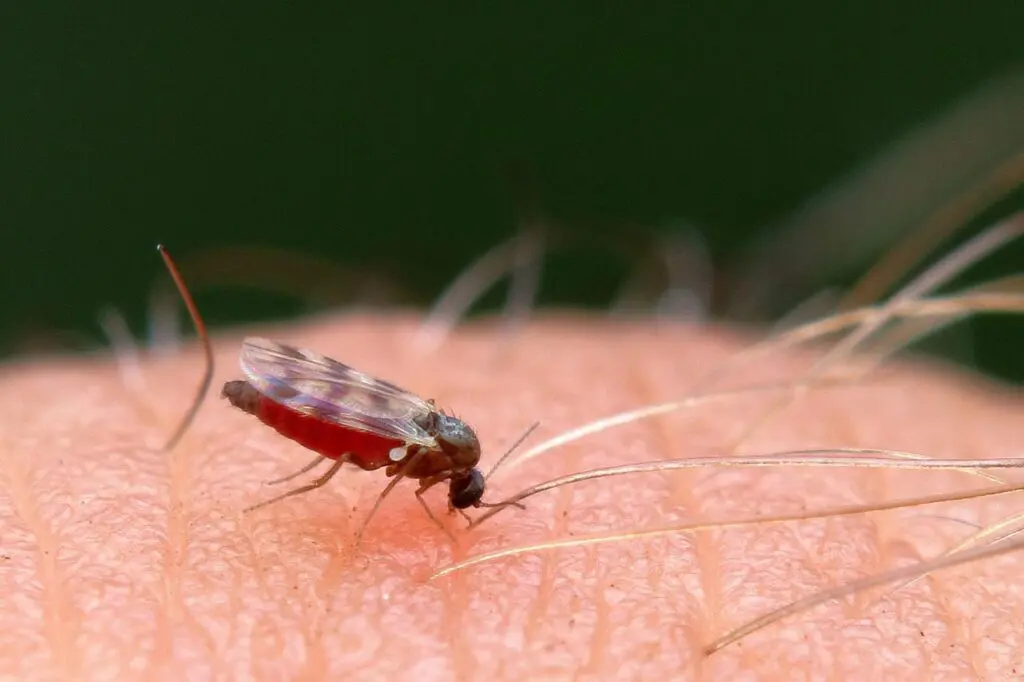
The Biting Midge Enigma: Indoor Infestations
Biting midges prefer outdoor habitats near bodies of water and moist environments. While they might accidentally enter indoor spaces through open doors or windows, they don't typically thrive indoors. These insects require specific outdoor conditions for breeding and feeding, such as standing water or decaying organic matter, which are generally not found indoors. Biting midges do not establish sustained populations indoors due to the lack of suitable breeding sites and environmental conditions necessary for their life cycle.
That being said, they are known to enter homes and businesses if they are attracted to certain environmental factors such as moisture buildup from houseplants or leaky plumbing, or decaying organic matter like fruits and vegetables. Preventing biting midges from entering homes and businesses involves various measures. Installing fine-mesh screens on windows, doors, and vents effectively blocks their entry while allowing ventilation. Sealing gaps and cracks around doors, windows, and utility entry points also helps restrict their access indoors. Additionally, employing insecticide-treated netting or curtains on entry points may act as a barrier.
Preventing Biting Midges in Florida: Expert Insights
Preventing biting midges indoors starts with deterring outdoor infestations, which involves several practices. Eliminating or regularly changing standing water sources like birdbaths, clogged gutters, or containers prevents midges from breeding nearby. Modifying landscaping to improve drainage and reduce damp areas can limit suitable breeding sites. Using outdoor fans can disrupt their flight patterns, making it difficult for them to land and bite. Employing insecticide treatments on vegetation or employing natural predators like certain birds or predatory insects might also help control midge populations. Additionally, minimizing outdoor lighting, particularly bright white lights, and opting for yellow or sodium vapor lights can reduce midge attraction to specific areas and can deter them from congregating near structures.
If you’re experiencing a problem with midges on your Florida property, call Excel’s Deerfield Beach office to schedule an inspection. With Excel protecting your property, you can enjoy your outdoor space without the itchy aggravation of biting midges.




